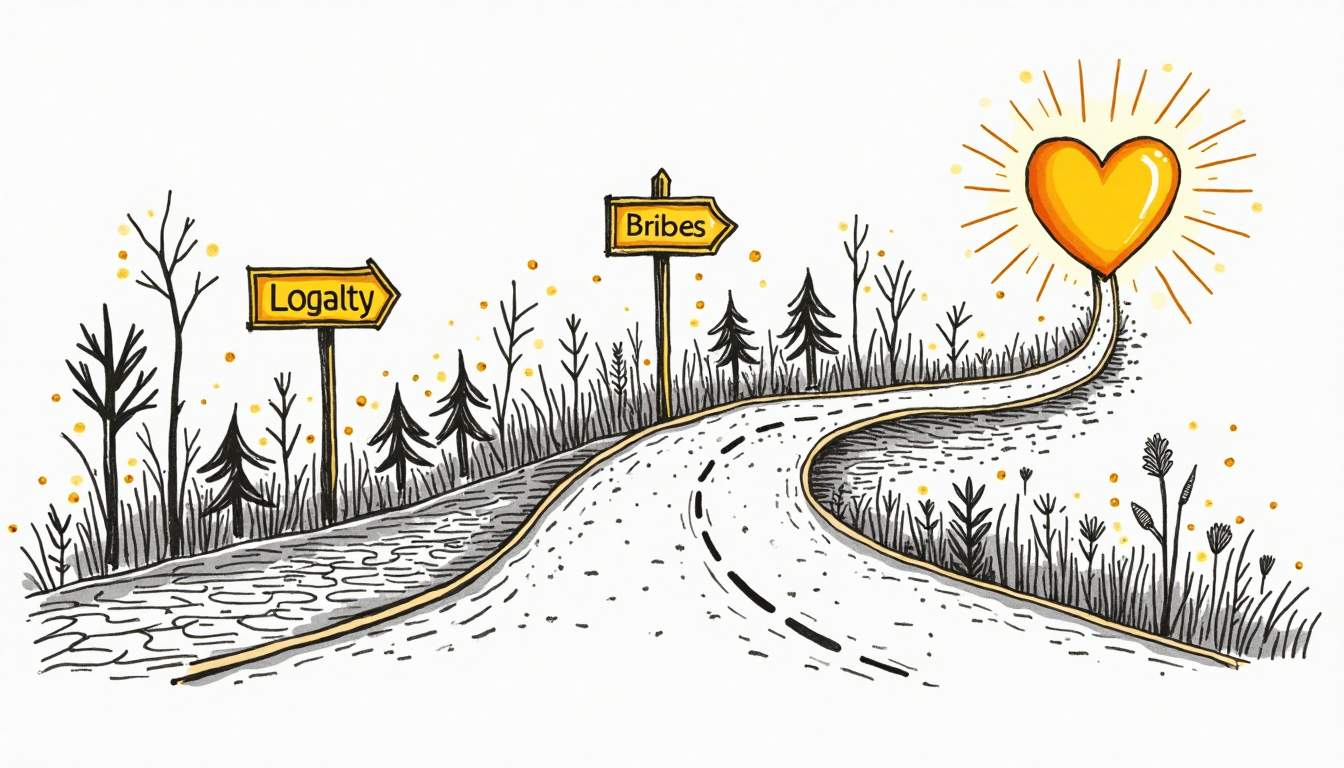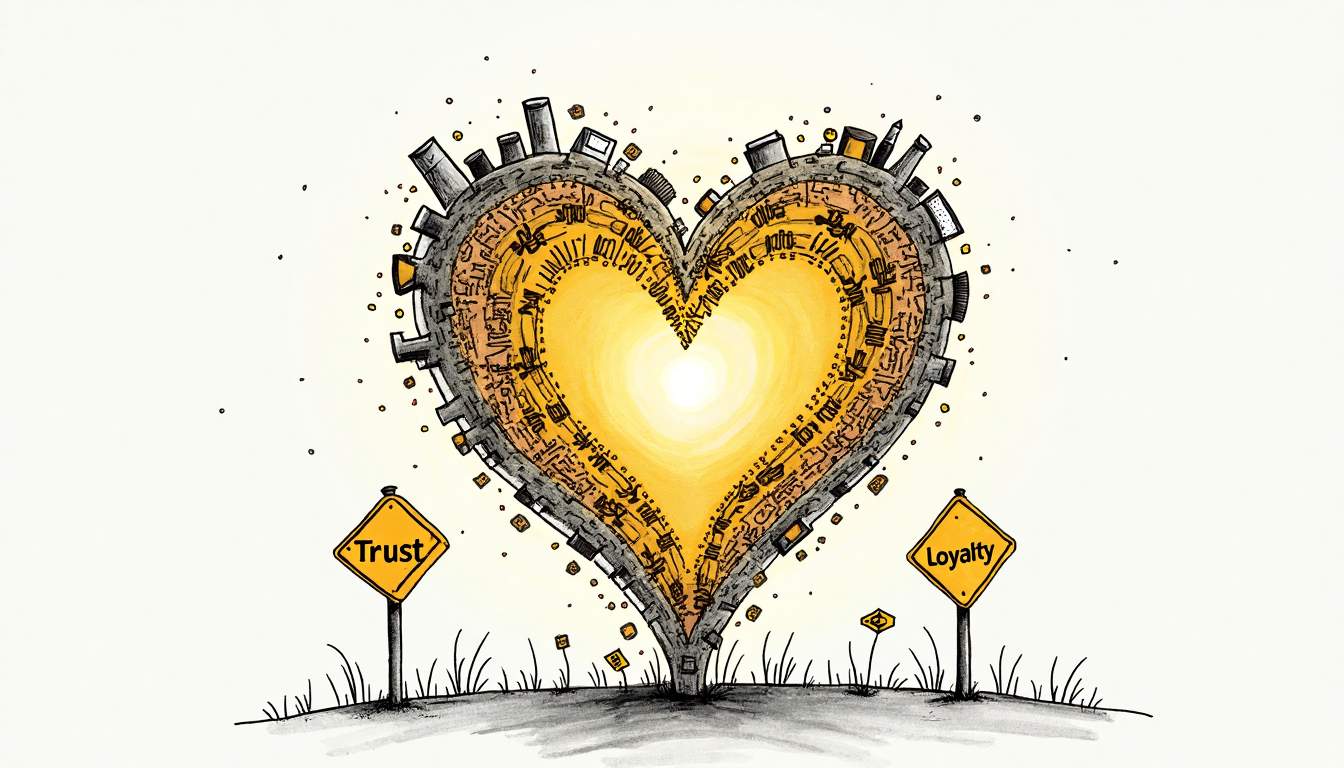For decades, marketers have chased the elusive goal of “brand loyalty,” believing that customers who repeatedly buy the same brand are genuinely devoted. However, recent research and changing consumer behaviors suggest that what we call brand loyalty is often far more fragile and transactional than it appears. True loyalty isn’t about blind allegiance to a logo or product; it’s about deeper emotional connections and meaningful experiences that keep customers coming back.
Understanding why traditional notions of brand loyalty are misleading—and what genuinely influences repeat business—can transform how companies engage with their audiences. This article explores why loyalty programs and discounts often fall short, and how emotional bonds create real, lasting loyalty that withstands market shifts and competitor offers.
Why Loyalty Programs and Discounts Are Just Bribes
Loyalty programs have become ubiquitous across industries, from airlines offering frequent flyer miles to coffee shops handing out punch cards. On the surface, these initiatives seem like a straightforward way to reward customers and encourage repeat purchases. But beneath the surface, they function more like short-term incentives or bribes rather than genuine loyalty builders.

Studies show that while loyalty programs can increase purchase frequency, they rarely create emotional attachment. According to a 2023 survey by Bond Brand Loyalty, 77% of consumers said they participate in loyalty programs primarily for discounts or rewards, not because they feel a deeper connection to the brand. This transactional nature means customers are often just chasing the next deal rather than developing true allegiance.
Moreover, discounts and rewards can erode perceived value. When customers become accustomed to getting a product or service at a reduced price, their willingness to pay full price diminishes. This can lead to a “loyalty discount trap,” where brands must continuously offer deals to maintain sales, undermining profitability and brand prestige. In essence, these programs can condition customers to shop around for the best offer rather than stay loyal.
Additionally, the psychological impact of loyalty programs cannot be overlooked. The allure of earning points or rewards can create a false sense of achievement, leading consumers to feel that they are making smarter purchasing decisions. However, this often results in overspending or buying products they may not need, simply to reach a reward threshold. The marketing strategies behind these programs are designed to exploit cognitive biases, such as loss aversion, where customers fear missing out on rewards more than they value the products themselves. This manipulation can distort consumer behavior and lead to a cycle of dependency on discounts.
Furthermore, the data collected through loyalty programs can be a double-edged sword for brands. While it offers insights into consumer behavior, it also raises concerns about privacy and data security. Customers often unknowingly trade their personal information for rewards, leading to a growing mistrust of brands that utilize their data without transparency. As consumers become more aware of these practices, they may begin to question the authenticity of loyalty programs, viewing them as mere tactics for data collection rather than genuine efforts to foster lasting relationships. This shift in perception could significantly impact how brands approach customer engagement in the future.
How Emotional Bonds Build Real, Lasting Loyalty
True loyalty goes beyond points and discounts—it’s rooted in emotional connections that resonate with customers on a personal level. Brands that foster these bonds create experiences and values that align with their customers’ identities, aspirations, and needs.

Emotional loyalty is powerful because it influences behavior even when competitors offer better prices or promotions. For example, Apple’s devoted customer base isn’t just attracted by product features or occasional discounts; it’s the brand’s consistent delivery of innovation, design, and a sense of community that cultivates deep emotional ties. These connections translate into repeat purchases, advocacy, and resilience against market fluctuations.
Creating emotional bonds requires brands to focus on authenticity, storytelling, and customer experience. Personalized interactions, social responsibility initiatives, and transparent communication build trust and affinity. When customers feel understood and valued, they’re more likely to remain loyal despite external temptations.
In today’s digital age, social media and online communities amplify these emotional connections. Brands that engage meaningfully with their audiences, listen to feedback, and foster a sense of belonging can turn casual buyers into passionate advocates. This kind of loyalty is sustainable and far more valuable than any discount or reward program.
Moreover, the role of storytelling cannot be overstated in the quest for emotional loyalty. Brands that share their journey, values, and mission create a narrative that customers can relate to and support. For instance, companies like Patagonia have built a loyal following not just through their high-quality outdoor gear, but by championing environmental causes and encouraging customers to embrace sustainability. This alignment of values fosters a sense of shared purpose, making customers feel like they are part of something larger than themselves.
Additionally, the power of community in nurturing emotional bonds is significant. Brands that facilitate connections among their customers—whether through forums, events, or social media groups—create a network of support and shared experiences. This sense of community enhances customer loyalty as individuals feel they belong to a tribe that reflects their interests and values. When customers engage with one another, they are more likely to develop a deeper attachment to the brand, as it becomes a central part of their social interactions and identity.
